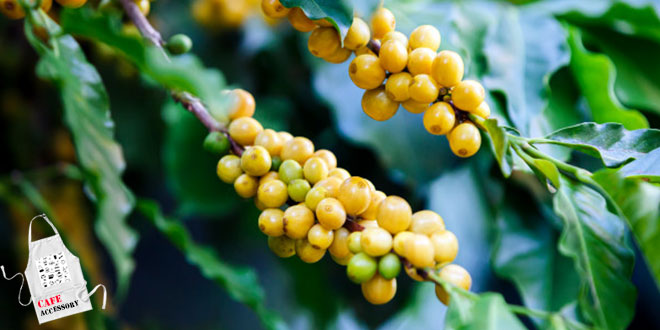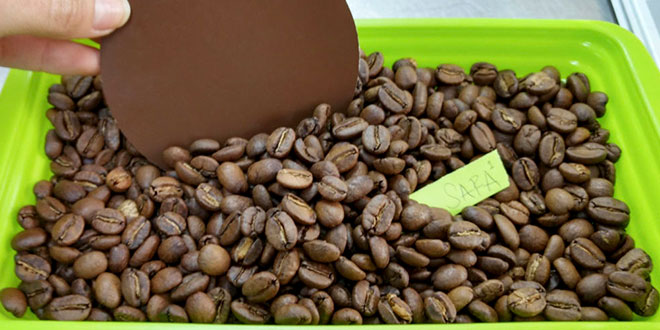کافه اکسسوری – پس از چیدن گیلاسهای قهوه، گیلاس باید برداشته شود و دانهها (دانههای قهوه) خشک شوند. قهوه قبل از صادرات باید تا حد ۱۲ درصد رطوبت خشک شود. روشهای مختلفی برای از بین بردن گیلاس و خشک شدن لوبیا وجود دارد که همه آنها در فرآیند «پردازش» Raised beds قرار میگیرند.
حتی اگر گیلاس ۹ ماه روی شاخه درخت قهوه بالغ شده باشد، این روند نسبتاً کوتاه تأثیر زیادی بر طعم و کیفیت قهوه دارد.
از تختهای بلند میتوان برای خشککردن لوبیا با مقادیر مختلف گیلاس که هنوز سالم است استفاده کرد.
ایده اصلی در پشت تختخوابها کمک به کنترل روند خشککردن با بلند کردن قهوه از زمین و گردش هوا در اطراف همه قهوهها است چراکه امکان خشک شدن یکنواخت و قابل پیشبینی با تخمیر کمتر مشکلساز است.
گفتنی است بین تختهای برافراشته و افزایش کیفیت فنجان ارتباط زیادی وجود دارد.
منبع: The Coffee Dictionary, Maxwell Colonna
Raised beds
After coffee cherries are picked, the cherry must be removed and the seeds (coffee beans) dried.
Coffee must be dried to the point of 12 percent moisture content before export. There is a variety of methods for the removal of the cherry and the drying of the bean, all of which come under the bracket of “processing”.
Even though the cherry has spent nine months maturing on the branch of a coffee tree (according to the terroir), this relatively short process has a huge influence on the taste and quality of the coffee.
Raised beds can be used to dry the bean with varying amounts of cherry still intact.
The main idea behind the beds is to help control the drying process by lifting the coffee from the ground and allowing air to circulate around all the coffee, enabling more even and predictable drying with less problematic fermentation. There is a strong correlation between raised beds and increased cup quality.
کافه اکسسوری را در اینستاگرام نیز دنبال کنید.











